Fill in our online form The easiest way to give us readings is to use our Feed-In Tariff meter read formIt only takes a couple of minutes. Youll earn money from.
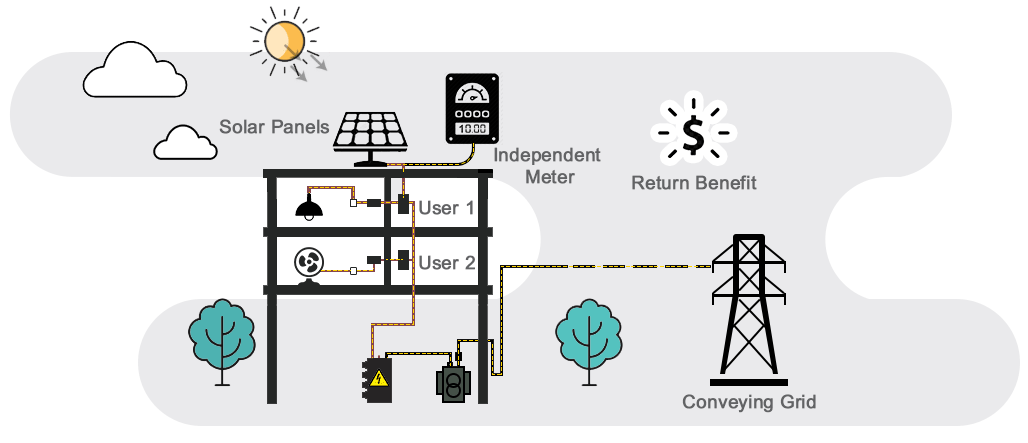
Emsd Hk Re Net Feed In Tariff Fit Introduction

File Feed In Tariff Meter Connections Png Wikipedia
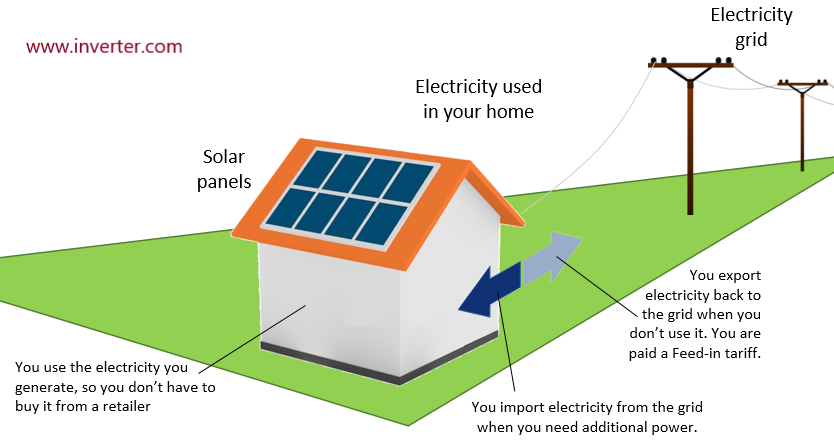
What Is Solar Feed In Tariff Inverter Com
In NSW Victoria Queensland South Australia and the ACT current feed-in tariffs are only what electricity retailers offer and can range from nothing up to 16 cents a kilowatt-hour in South Australia.

Feed in tariff. Feed-in tariff allows rooftop customers to sell surplus power produced back to the grid at a predetermined price that is comparatively lower than the. Feed-in tariff rate. Every kWh of electricity produced by your solar panels Generation Tariff.
The Feed-in Tariff FIT scheme which offers subsidy support to small scale renewables could be closed to new applicants by January 2016 the Government announced today. Please dont use it to give us your start readings. In addition to varying rates each network has its own rules for connecting solar systems with limits on certain system sizes.
A feed-in tariff FiT is a credit customers receive for any unused electricity that their solar power system sends back to the power grid. This will happen when fossil fuel subsidies are gradually removed andor when all external costs of fossil fuel power generation are taken into consideration andor when the generation of renewable energy RE becomes cheaper. Customers in regional Queensland with an eligible solar power system can access the regional feed-in tariff for the power they export to the network.
Recent developments in Virginia put a spotlight on feed-in tariffs FITs which are a policy mechanism used to encourage deployment of renewable electricity technologies. A feed-in tariff pays you for surplus energy you produce at home via technology such as solar panels or wind turbines and send on to the National Grid. In the United Kingdom they were entered into law by the Energy Act 2008 and took effect from April 2010.
A feed-in tariff FIT is a policy designed to support the development of renewable energy sources by providing a guaranteed above-market price for producers. Other terms and conditions including pay-on-time discounts or late payment fees. A feed-in tariff is a payment you can get if you generate your own electricity eg with solar panels and you can also sell energy back to the grid.
The Department of Energy and Climate Change DECC today launched a consultation on a set of measures it has proposed to control the costs of the FIT subsidy. The feed-in tariff system in Malaysia is designed with the main objective of achieving grid parity. The tariff rate tables for all installations have been determined and published in accordance with the Feed-in Tariffs Order 2012 as amended.
The solar feed-in tariff schemes that are currently available in Australia are net schemes. The feed-in tariff for regional Queensland is set each year by the Queensland Competition Authority QCA. It is a free service.
A feed-in tariff is when payments are given by energy suppliers if a property or organisation generates their own electricity using technology such as solar panels or wind turbines and feeds any surplus back to the grid. The Feed-in Tariff FiT is a UK Government-backed scheme that rewards homeowners with cash payments for generating electricity from renewable technology. Find out more about the scheme and how to apply.
The scheme closed to new applicants at the end of March 2019. But the highest feed-in tariff is not necessarily the best and nor may it result in. Highest Feed-in Tariff Rate Is Not Necessarily The Best.
A solar feed-in tariff is a credit you receive for excess solar energy that your system generates and exports back to the gridFeed-in tariffs are typically between 9 15c per kilowatt-hour kWh but the rates vary in each state and are ultimately determined by your electricity retailer. This website stores data such as cookies to enable essential site functionality as well as marketing personalization and analytics. The minimum feed-in tariff scheme aims to fairly compensate customers for the excess power they export to the electricity grid.
A policy tool encouraging deployment of renewable electricity technologies Source. Tariff rates are set by the Department for Business Energy and Industrial Strategy BEIS. A feed-in tariff FiT is a payment a solar household receives for the surplus electricity generated by their system that is exported to the mains grid.
In 2017 following an ESC review the government implemented reforms to feed-in tariff arrangements. When your system is installed youll go on to a solar plan with your electricity retailer. Energy Information Administration and Energy Velocity.
The scheme closed to new applicants on 31 March 2019. Its usually a set rate per kilowatt hour and paid as a credit on electricity bills. They also provided certainty to renewable electricity generators by providing them with a minimum price for each unit of electricity exported to the grid over a 15 year period.
A net feed-in tariff rewards you for each unit of solar power that you have exported to the electrical grid in excess of what you manage to use yourself. Designed to encourage investment in renewable energy feed-in tariff rates vary but they can help reduce your energy bill. Feed-in Tariff Scotland.
Feed-in electricity tariffs FiT were introduced in Germany to encourage the use of new energy technologies such as wind power biomass hydropower geothermal power and solar photovoltaicsFeed-in tariffs are a policy mechanism designed to accelerate investment in renewable energy technologies by providing them remuneration a tariff above the retail or. Feed-in tariff FiT rates are set annually by the Essential Services Commission ESC. Solar feed-in tariff for regional Queensland.
Find out how to apply. The Premium Feed-in Tariff PFIT started in late 2009 and closed to new applicants at the end of 2011. Please note - you should only use this online form if weve asked you for readings.
Eligible customers can be paid a solar feed-in tariff with any of our electricity plans. Use the Energy Made Easy tool to compare plans and feed-in tariff offers. The Renewable Energy Feed-in Tariff REFIT schemes were designed to ensure Ireland meets its goal of 40 of electricity coming from renewable sources by 2020.
The feed-in tariff FIT scheme offered cash payments to households that produced their own electricity using renewable technologies such as solar PV panels or wind turbines. A feed-in tariff is a payment you can get if you generate your own electricity eg with solar panels or a wind turbine and you can also sell energy back to the grid.
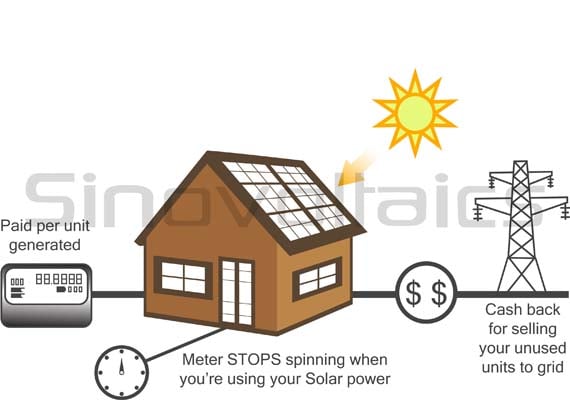
Feed In Tariff Fit In Solar Advantages And How It Works
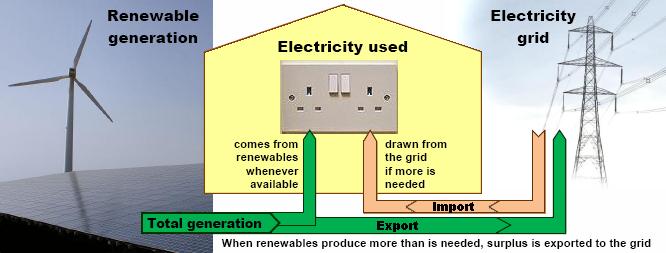
How The Tariffs Work Fi Tarrifs Feed In Tariffs
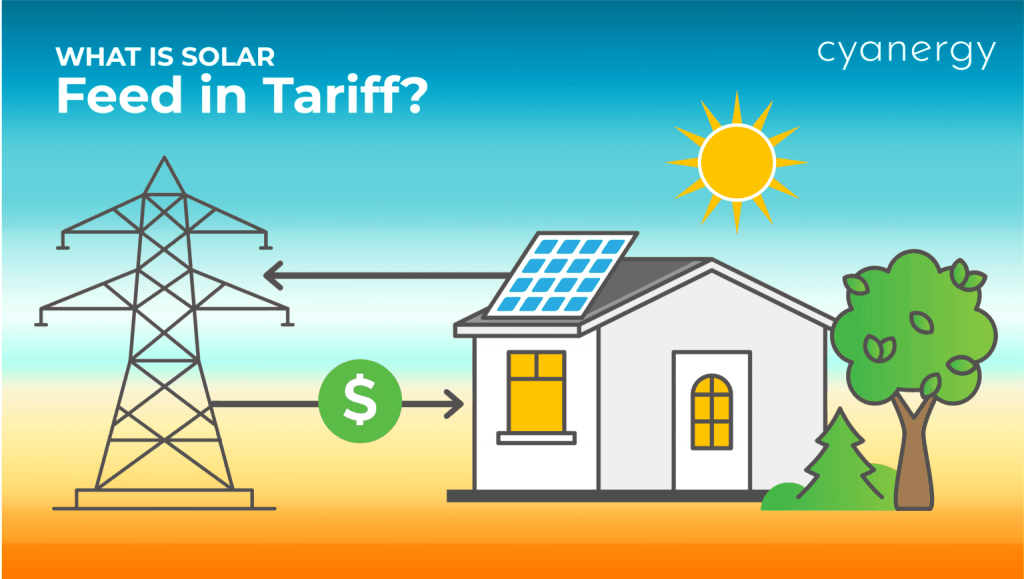
What Is Solar Feed In Tariff Why It Is Important For The Customers Cyanergy
1
Greece Residential Pv Feed In Tariff Requires Renewable Heating Installation Solarthermalworld

A2 Malaysia Feed In Tariff Rates Download Table

Renewable Energy Feed In Tariff Explained Youtube

Historical Development Of Pv Feed In Tariffs And End User Electricity Download Scientific Diagram
